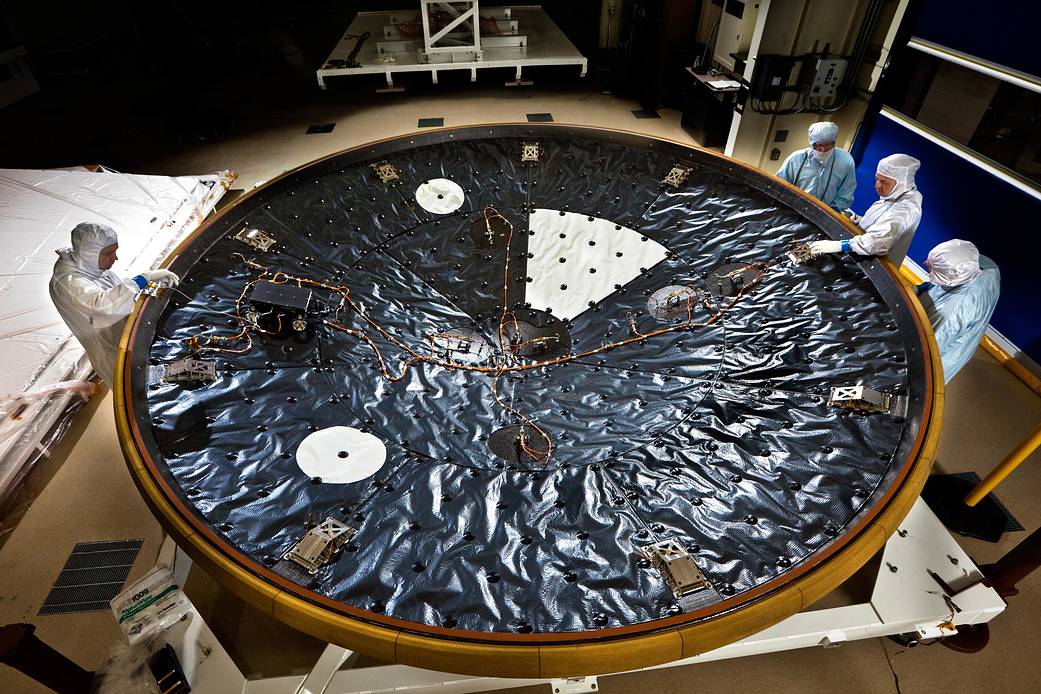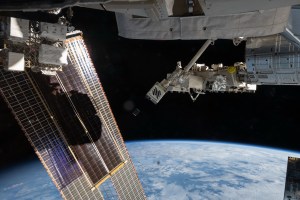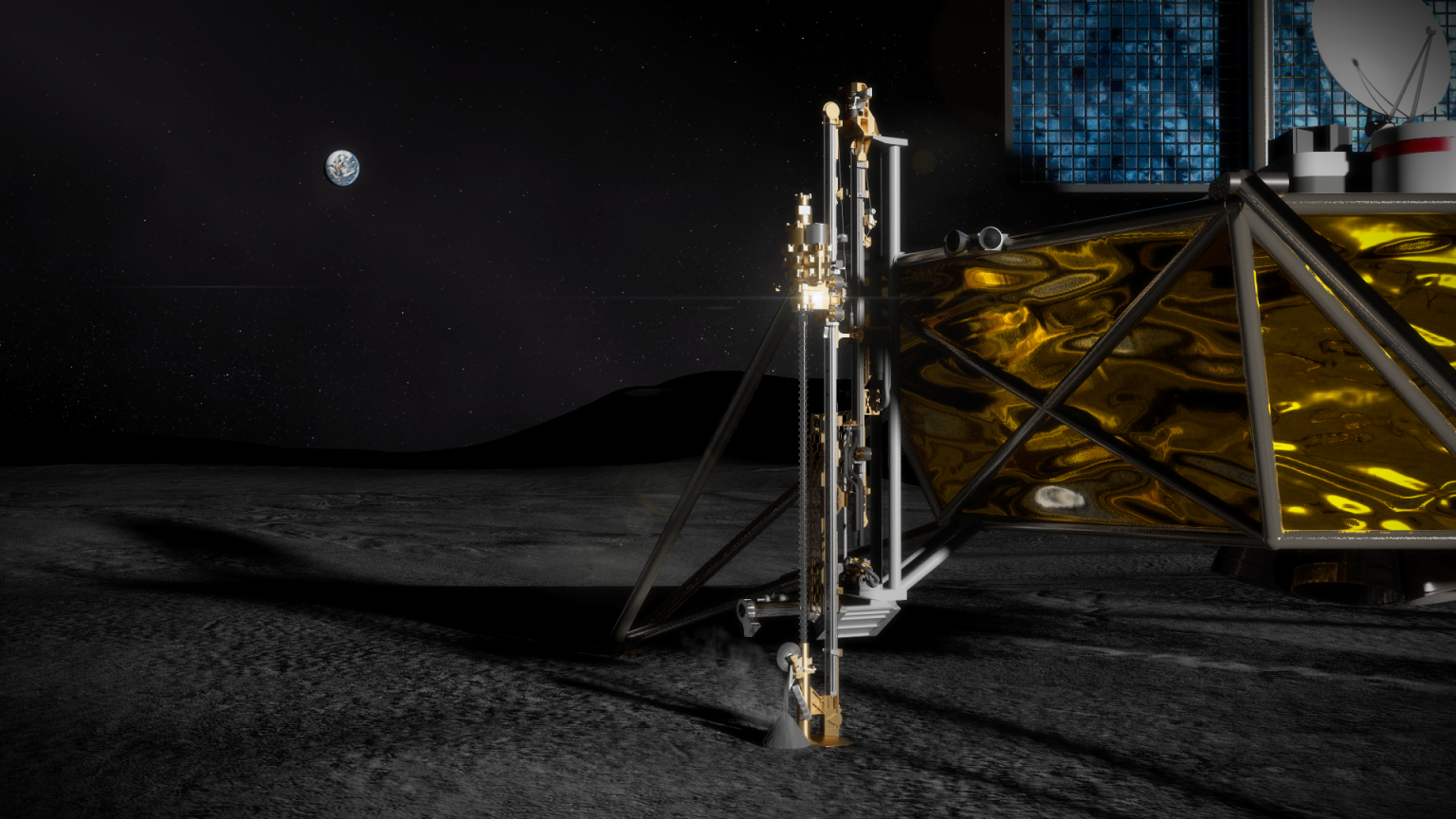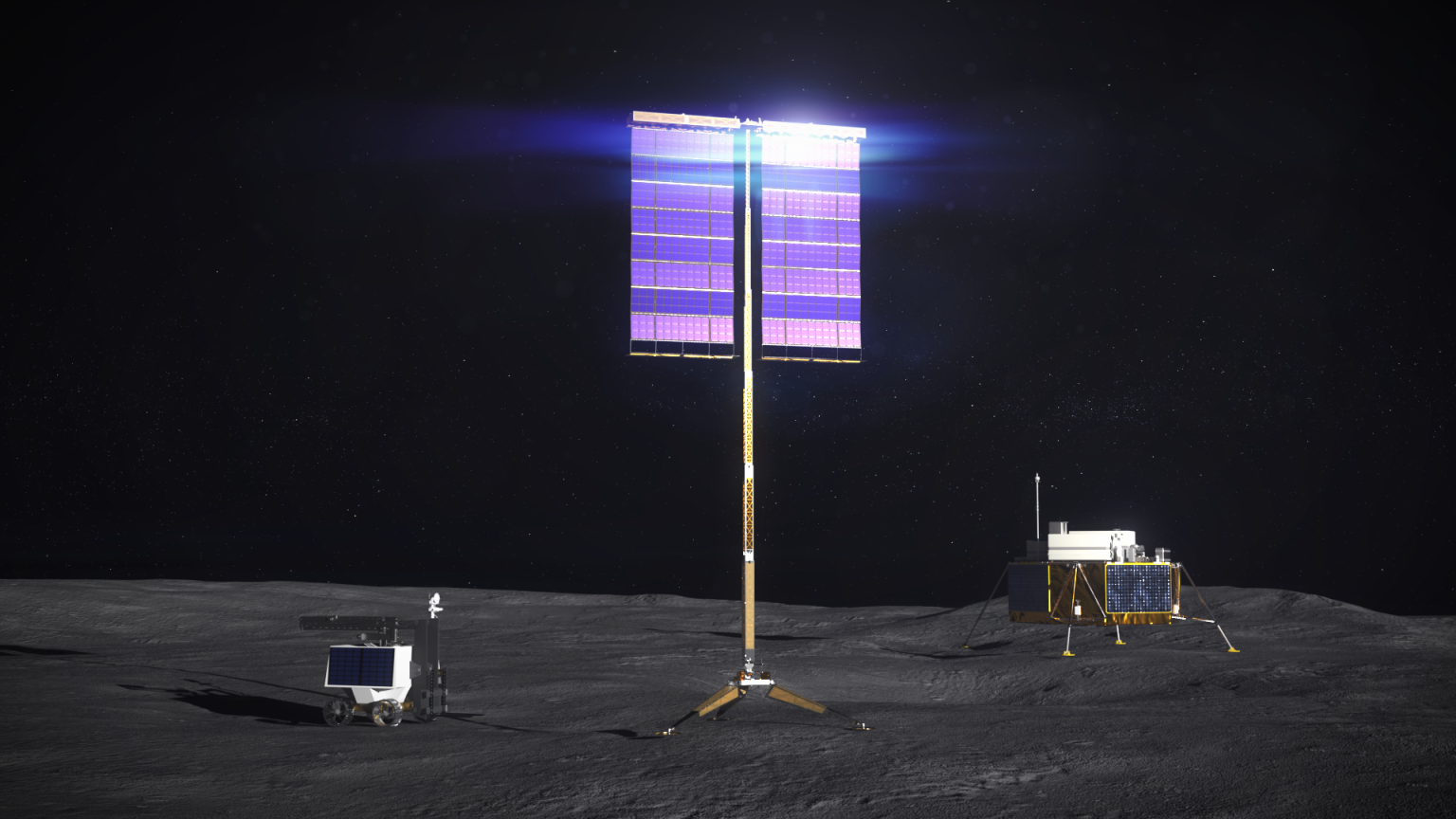Note: Please note that this is an “archived project” and is no longer updated. This article is meant for historical purposes only.
MEDLI — the Mars Science Laboratory Entry, Descent and Landing Instrumentation suite — was embedded in the spacecraft’s heat shield to gather data on the aerothermal, thermal protection system, and aerodynamic performance characteristics of the MSL entry vehicle during its entry and descent to the Mars surface, and to help engineers better design future Mars missions.
MEDLI captured a rare and valuable data set: its innovative Mars Entry Atmospheric Data System (MEADS) pressure sensors gathered information about the aerodynamic characteristics of the entry vehicle as it descended, while also studying the Martian atmosphere. The MEDLI Integrated Sensor Plugs (MISP), comprising thermocouples and isotherm sensors, analyzed the performance of the Mars Science Laboratory’s unique tiled thermal protection system.
A challenging mission
Close analysis of MEDLI flight data is vital to future NASA exploration of the red planet. The Mars Science Laboratory spacecraft entered the Martian atmosphere traveling more than 3.5 miles per second — the second fastest NASA entry to Mars to date, after the Pathfinder mission in 1997. The MSL vehicle’s aeroshell also was much larger than Pathfinder’s (4.5 meters v. 2.65 meters), the craft was five times heavier, and its entry included the first guided lifting trajectory attempted at Mars — all conditions expected to result in the highest heat flux and shear stress ever faced by a vehicle’s heat shield at Mars. These increases drove MSL to use a heat shield material never before flown to Mars. All of these new vehicle and mission features made MSL’s heat shield the perfect one to instrument.
Because the Martian atmosphere is primarily composed of carbon dioxide at about 1⁄100 the pressure of Earth’s atmosphere, design and testing of the entry system to withstand such environments relies primarily on simulation tools. As a consequence, the MSL spacecraft was designed with large safety margins at the cost of payload mass. Results of the MEDLI experiment will help NASA ensure these margins are correctly sized on future missions, enabling more robust robotic studies and, in time, human journeys of discovery on Mars.
Two types of data
The MEDLI suite included two kinds of instruments, with seven sensors of each kind, in 14 locations on MSL’s heat shield. These were all powered by and feeding data to a black box via the Sensor Support Electronics Unit. The MEADS sensor suite required seven tenths of an inch diameter holes be drilled into the heat shield in a cross pattern. The holes were ports for pressure sensors that measured the atmospheric pressure on the heat shield at the seven MEADS locations during entry and descent. NASA performed extensive testing in arc jet facilities to ensure the MEADS pressure ports could withstand the heat of entry. The cross pattern allowed MEDLI engineers to determine the orientation of the MSL aeroshell and how it changed during the less than 10 minutes MSL took to fly from the top of the atmosphere to the surface. Engineers used this information to see how accurately computer models predicted the spacecraft’s path and aerodynamics, as well as to determine the atmospheric density and winds it encountered. The other set of seven sensors, MEDLI Integrated Sensor Plugs (MISP), measured how hot the heat shield thermal protection system material became at different depths during entry.
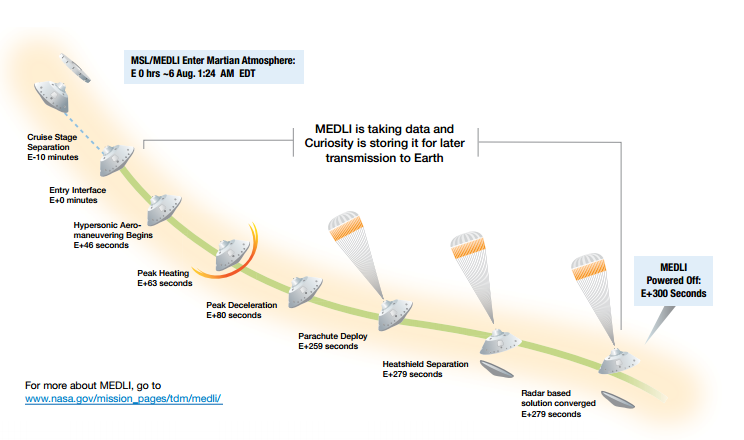
Getting warmer
Heating levels on MSL were about three times higher than the levels on space shuttles when they reentered Earth’s atmosphere. The heating levels were so high that the spacecraft’s thermal protection system was designed to dissipate heat by burning away during entry into the Mars atmosphere. MISP measured the depth of this burning, so researchers could compare flight data to predicted data. MEDLI collected data in the last 7 minutes of the flight. That’s about how long it took to slow the spacecraft from 13,000 miles per hour (21,000 kilometers per hour) to just under 2 miles per hour (0.9 meters per second). The instruments recorded the heat and atmospheric pressure experienced during entry and through parachute deploy, then turned off before separation of the heat shield, the Sky Crane maneuver, and soft landing. It marked the first time NASA was able to determine significantly more than the “pass” or “fail” of an atmospheric entry at another planet.
Having additional knowledge is important to spacecraft designers — especially when developing future Mars entry systems that are safer, more reliable, and lighter. From less than one megabyte of MEDLI data, researchers now know that the new tiled thermal protection system performed well on this mission, and engineers had designed in sufficient margins to ensure MSL would be safe. Overall, the Mars Science Laboratory heat shield did not get as hot as expected. Predictions of the expected heating were higher in some places on the heat shield, and lower in others. This knowledge is already influencing the design of the next Mars entry vehicle, InSight, scheduled to launch in 2016.
Engineers also determined that predictions of the spacecraft aerodynamics, or how the vehicle will fly through the Mars atmosphere, is very good throughout the high-speed range, but can be improved in the lower speed range near parachute deploy. All of these findings will be applied to future Mars landers, and can provide valuable lessons for entry vehicles at other planetary bodies.
MEDLI is led by NASA’s Langley Research Center in Hampton, Va., in partnership with NASA’s Ames Research Center at Moffett Field, Calif., and is the first in NASA’s Space Technology Program to return data from space.
NASA’s Aeronautics Research Mission Directorate, Science Directorate and Human Exploration and Operations Mission Directorate have also supported the MEDLI system research, development and data analysis.
RELATED LINKS



























